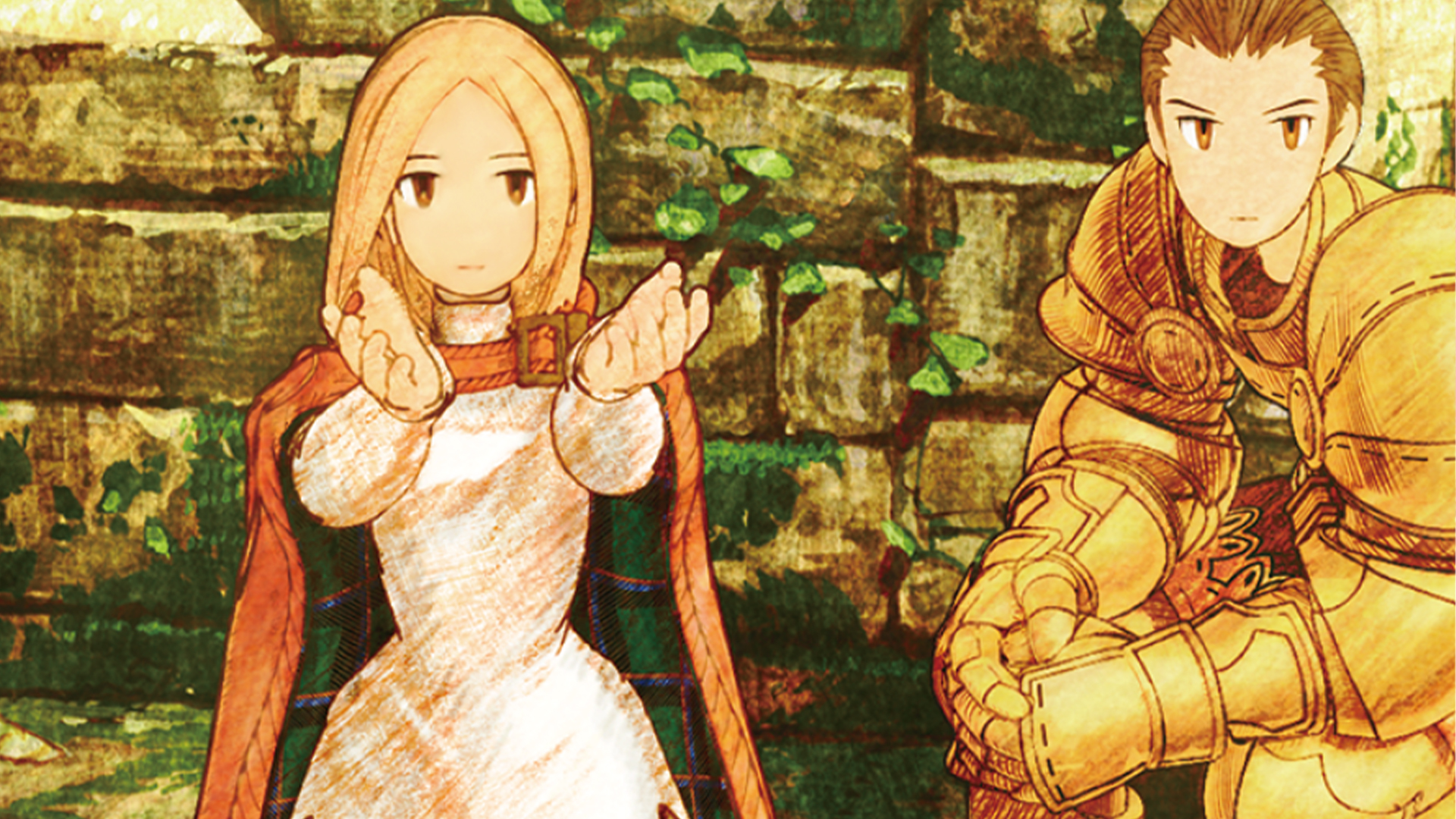Is that actually worth it?
Credit: Every TCG Player at some point
Hello all and welcome to my entry for the Bear Den, a new blog for FFTCG. It has been on my mind for a while to produce written content over visual content for the game. The inter-webs are filling up with tons of videos and podcasts dedicated to FFTCG from set reviews all the way through to game play content. All of that content is awesome, and I watch/listen to a majority of it weekly. Living in a smaller part of the world, the content keeps me connected with the game’s larger community and has been a real blessing. However, there is a gap in written content for the game as a whole. Video has taken over as the primary medium. There is something refreshing about reading an article while you ponder new effects or new combos. With that in mind, the WV Crystal Bearers are launching “The Bear Den” to help fill the gap and give back to the community we love so much.
What is this series about?
The Let’s talk CP series is going to be a multi-part series where we dive into the economics of FFTCG, specifically around card costs and evaluations. The series will run the length of Opus 19 most likely and cover a wide variety of topics. What makes a good card? How do we spot the trap cards? How to do you evaluate a card for competitive play vs kitchen table gaming? What is realized CP? What is the impact of play from hand vs play from break zone. All of these topics deserve their own article and I cannot wait to dive deep into each one. I already have 7 articles planned on the series. So with that out of the way, lets get started.
What is CP?

Ah yes, CP. The lifeblood of FFTCG and the primary currency in our current utopia. For newer players, CP stands for Crystal Points and is treated the same as Mana or Energy in other games. Cards and effects can generate CP much like other games, but what makes our CP system notable is the rare effect of trading a card in your hand for CP. That’s right, discarding to make CP exists in this game and solves the fundamental issue known around the card playing world as “Mana Screwed”. This not only solves the fundamental issue of “where is my mana”, it creates infinitely more complex game states to navigate. Cards in our hand directly correlate to our available plays lines meaning discarding our hand has consequences. We trade our available play lines for an immediate advantage. This is the why ditching 3 cards to generate 6CP is much more impactful on our overall CP than using our backs to generate a portion instead. The system is fluid and complex, and I don’t think I could play a card game without it anymore.
Do we grade on a curve?
All games have an economy. For some, it is gold that buys items from the general store; while others trade Embers back and forth to establish player dominance. Regardless of the system being used, there is always a formula in place to determine the value of a card. It can be as simple as “Are these Iron Nunchucks worth it from the store” or “Is breaking that character worth 4CP”. As players evaluate cards, these questions inevitably come up and we need tools to answer them in the heat of the moment. This is where the “curve” comes into play. A formal(ish) definition would be as follows: The cost/benefit of a card in relation to impact it has on the game represented by proportional numbers. Each card can be put on this “curve” scale to assign a base level. FFTCG’s curve is mostly based on the cost of the card vs the power of the forward entering play. All other card types are evaluated with their effect on that curve in most circumstances. As with everything, important caveats exist. We will get to those in future articles.
FFTCG’s Traditional Curve
- 1 CP – 5000 Power or less
- 2 CP – 6000 Power
- 3CP – 7000 Power
- 4CP – 8000 Power
- 5CP+ – 9000 Power or more
This is the traditional curve of FFTCG since the game started. It is simple and easy to follow along with an additional CP worth an extra 1000 power. To get this out of the way, experienced players realize this curve is mostly outdated these days with power creep and 18 sets worth of cards. But we have to start somewhere. This short chart is used to establish what the going rate for a certain power level. 1CP equals a forward with 5000 Power, 2CP for 6000 Power, etc.. You get the idea. Using this model, we can begin to predict what cards are CP efficient and which ones are inefficient at a glance. Most players use the terms “On Curve”, “Over Curve”, or “Under Curve” to describe the results of their analysis. Here are some cards that were used to establish this curve at the beginning:




Looking at these base cards from Opus 1, we can quickly see how the curve was determined. Each represent a basic forward with no abilities, making them easy to evaluate. They give us good insight into the developers thoughts of the game’s curve.
As a brief aside, Black Belt spawned an entire meme around the idea of card evaluation. Got a new card that is a 4CP do nothing? Black Belt trash card. A stat stick? A worthless piece of card board not worthy of being printed. Ok, that last one was a bit far but there are a few cards that feel that way. I am looking right at you Opus 13 Hugh Yurg. I mean……..why?
Now lets take a look at Opus 3 Genesis

Genesis is a 4CP forward with 7000 Power. Based on our curve chart above, we conclude that Genesis is BELOW curve because you are paying 4CP but only getting 7000 Power. However, Genesis was a staple Mono Ice for a long time. Its entry ability helped stymie opponents aggression and put tremendous pressure on their hand. It was a mainstay in Mono Ice decks and used often in Ice/X decks until about Opus 9. The card had tremendous staying power and was once the most expensive foil to get in the early time of the game. I dreamed of getting one in foil out of a pack. It was my first “chase” card. Ah, the glory days. So how did it see so much play for so long being under-curved? Enter the second part of of our CP evaluation: effect modification.
Adjusting for Effects
Since our curve is based on vanilla forwards, aka cards with no effects, they only provide a starting point to card evaluation. The real evaluation is the understanding how much the effect is worth, and how the effect interacts with the current meta-game. Enter what I call CP Effect Modification. It is a phrase of my own creation but is invaluable to help me understand how cards really work. Feel free to borrow it and feel just as free to mock me mercilessly for creating an entire concept for something that is probably 2nd hand knowledge to most card players.
Anyways, lets take a look a Genesis abilities starting with the first one.
When Genesis enters the field, choose 1 Forward your opponent controls. Dull and Freeze it.
At face value this is a good ability. It can either help stall out aggressive openings or provide you with tempo to push your position forward. It was great entry ability during the its era and made for some frustrated players back in the day. Question is, how much is Dull and Freezing worth? We have already determined that Genesis is under-curved based on our chart. So is the ability worth 1CP? The answer was emphatically, YES! No effect existed for 0CP so logic says everything must cost at least 1CP right? However, this card dulled and froze a forward. It was 2 CP worth of effects for an additional CP. What great value! 4CP for 5CP worth of value! I will admit here and now that abilities like D/F and Haste are notoriously hard to evaluate from a CP perspective and this is my personal take on how to evaluate them. Some players will say they cannot be evaluated by CP. They may be right; however, I subscribe that there isn’t anything free in a TCG and everything has a cost.
When Genesis deals damage to your opponent, your opponent discards one card from his/her hand.
The second ability is a bit harder to evaluate isn’t it? The reason is it’s an ability that may not actually proc since Genesis may never deal your opponent damage. In that sense, the ability doesn’t cost you anything in the short term. What about the long term? What are the implications to your opponents’ plans knowing that they may have to start discarding their hand if Genesis connects? These answers are probably far beyond the scope of this article so look forward to future content on the subject.
Closing Thoughts on Part 1
I think I will stop here and save my ramblings for a future article. CP and its evaluation have long been an passion of mine. I think that is why I love spoiler season so much :). Tons of new challenges and puzzles to piece together. I look forward to the spoils of Opus 19. The next article in this series will cover the concept of realized vs non-realized CP, which I am sure will cause some debate. There is a whole wide world to card evaluation and I can’t wait to dive in.
Until then, I return to my cave of hibernation.






Leave a Reply